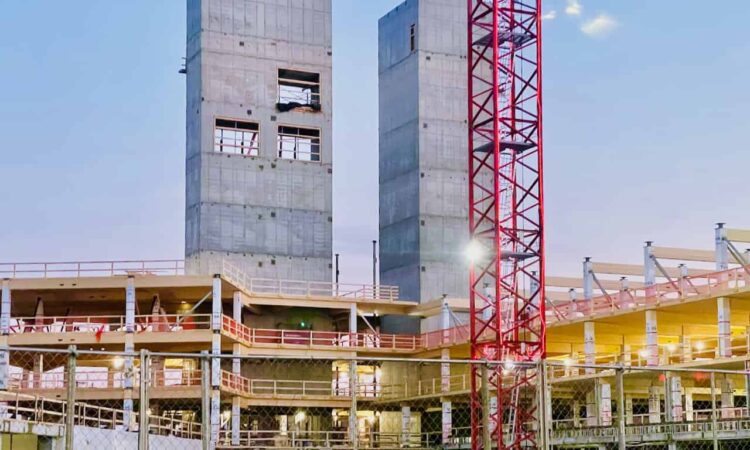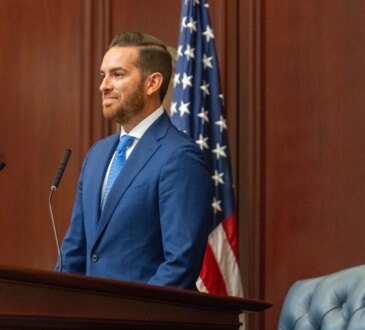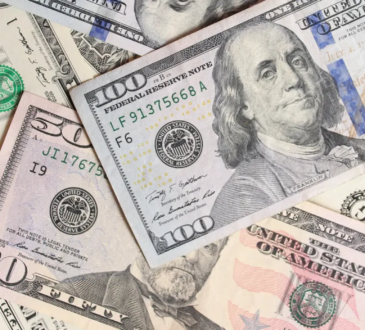
The US real estate sector continues to challenge expectations, blending overall growth with stark regional divides and various partnerships aimed at streamlining the property buying and selling process.
Recent data from Zillow highlights a market valued at an unprecedented $55.1 trillion as of mid-2025, underscoring the immense wealth tied up in residential properties.
This milestone reportedly reflects a $20 trillion surge since the start of the decade, fueled largely by new home builds that have added $2.5 trillion in equity.
Yet, beneath this all of this lies a tale of contrasts: home prices climbing in one half of the country while dipping in the other, alongside opportunities for luxury living at unexpectedly modest costs in select cities.
Meanwhile, tech advancements are reshaping how agents market properties, potentially accelerating certain transactions in a cooling environment.
At the core of this activity is the total housing stock’s steady appreciation.
From July 2024 to June 2025, the market swelled by $862 billion, though growth has tempered amid elevated borrowing costs that have sidelined many prospective purchasers.
Leadership in this uptick has shifted northward, with New York State alone contributing $216 billion—about a quarter of the country’s total gain.
The Northeast and Midwest are emerging as hotspots for value increases, a reversal from the pandemic-era frenzy in Sun Belt regions.
Conversely, seven states posted losses, led by Florida‘s $109 billion drop, California’s $106 billion decline, and Texas’s $32 billion retreat.
These downturns signal a normalization in once-overheated areas where rapid population inflows had driven prices skyward.
Zooming into metropolitan dynamics, nine major hubs now boast housing portfolios exceeding $1 trillion each, accounting for nearly a third of the nation’s residential wealth.
New York tops the list at $4.6 trillion, followed closely by Los Angeles at $3.9 trillion and San Francisco at $1.9 trillion.
Interestingly, excluding New York‘s$260 billion gain, the remaining eight metros collectively shed $18 billion over the year, suggesting that smaller, undervalued markets are propelling the broader recovery.
Zillow‘s senior economist Orphe Divounguy notes that while this wealth creation benefits long-term owners, it exacerbates affordability woes for newcomers.
He added:
“New builds have unlocked trillions in previously nonexistent equity, but persistent shortages keep pushing prices out of reach for first-time buyers.”
Building more is key to easing this crisis.
“This patchwork of progress is evident in the bifurcated trends for home values.”
Across 50 key metros, exactly half saw annual price hikes, concentrated in the industrial heartlands of the Midwest and Northeast.
Cleveland led with a 4.7% rise, trailed by Hartford at 4.5%, Louisville at 3.9%, Detroit at 3.8%, and Buffalo at 3.7%.
These gains stem from demand clashing with limited supply, as zoning hurdles and low inventory—often below pre-2020 levels—prop up values.
On the flip side, the Sun Belt grapples with softening, where Austin prices fell 6%, Tampa dropped 6.2%, Miami eased 4.6%, Orlando slipped 4.3%, and Dallas declined 3.9%.
Here, aggressive construction has flooded the market with options, boosting inventory and giving buyers more negotiating power.
Nationally, appreciation stalled at a mere 0.2% year-over-year, with monthly mortgage payments dipping just $19 from last year but still $1,000 pricier than in 2019.
Sellers are responding aggressively: 27.4% of listings now feature price cuts, the highest since 2018, and homes linger on the market for a median 60 days—the slowest July pace in Zillow’s records.
Amid these fluctuations, affordability glimmers in unexpected corners, particularly for those eyeing expansive properties.
In four sizable metros—Buffalo, Indianapolis, Cleveland, and Memphis—the typical “mansion,” defined as at least 5,000 square feet of finished space, sells for under $1 million.
Buffalo offers the best bargain, with a median of $825,500 and entry-level versions starting at $458,200.
Indianapolis follows at $965,500 (starters from $769,300), Cleveland at $995,200 ($760,600 starters), and Memphis at $996,700 ($771,300 starters).
This bucks the national norm, where such homes command $1.4 million on average, and “starter mansions” hit $899,900.
Over half the mansions in these markets (50.3% to 59.3%) fall below the million-dollar mark, far surpassing the country’s 30.3% share.
These Midwestern and Southern enclaves dodged the worst of the post-pandemic price spiral, preserving six-figure tags for palatial pads.
However, would-be owners must weigh extras like steeper taxes, insurance, and maintenance, which can eat 1% to 4% of a home’s value yearly.
Bolstering navigation through this varied terrain is a key alliance between Zillow and Berkshire Hathaway HomeServices, which rolled out AI-driven tools to elevate agent performance.
The collab grants U.S. agents in the network access to Zillow Showcase, a high-end listing format blending immersive visuals—like scrolling hero shots, room tours, and aerial SkyTour flyovers—with new branding and analytics dashboards.
This upgrade aims to attract shoppers and tries to boost outcomes: Showcase properties snag offers 14 days faster and fetch 2% premiums over comparable listings.
Vince Leisey, Berkshire Hathaway’s president, praises the tech for equipping agents to thrive in tough conditions, while Zillow‘s Bobbi Jo Price highlights its role in different stages, from securing listings to maximizing exposure.
As the U.S. property market hurtles toward $55 trillion in value, these developments paint a resilient yet somewhat uneven picture due to a range of socioeconomic challenges.




